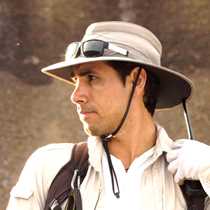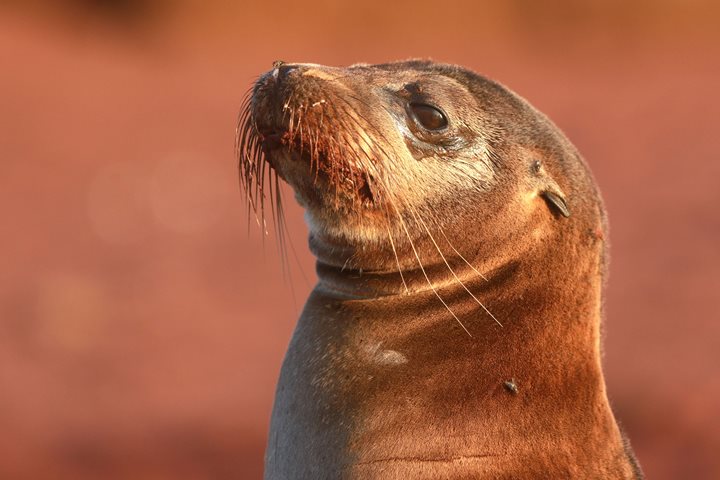We had the great opportunity to visit an incredible island; it has one of the highest degrees of endemism in the archipelago. This is the only place where you can see the waved albatrosses, mockingbirds, lava lizards to name a few of the species that are unique to this island.
- Daily Expedition Reports
- 19 Dec 2016
Espanola Island, 12/19/2016, National Geographic Islander
- Aboard the National Geographic Islander
- Galápagos
Socrates Tomala, Naturalist/Certified Photo Instructor
Socrates was raised on Santa Cruz Island located in the heart of Galapagos Archipelago. He had a childhood filled with swimming, scuba diving, rock climbing and volunteering in conservation projects, so it was natural for him to grow very passionate ...
Read MoreShare Report
Related Reports
11/23/2022
Read
National Geographic Islander II
Isabela and Fernandina
Our day began with the chance to point out a lot of interesting geological features as we enjoyed Zodiac tours along a massive flank of Ecuador Volcano on Punta Vicente Roca. In the afternoon, we took a sunny walk on Punta Espinoza on Fernandina Island. We spotted many iguanas, and a bunch of sea lions hanging around, too.
11/22/2022
Read
National Geographic Islander II
North Seymour & Rabida Islands
Relatively small and low compared to neighboring Santa Cruz, North Seymour is located to the north of Baltra. The island is dry with predominantly low shrubs, like prickly pear cacti. The incense trees are bare during the dry season. Seabirds like frigatebirds and blue-footed boobies nest on the island, and sea lions rest on the sand when they are not fishing. Land and marine iguanas also live here. Rabida is in the middle of the archipelago and has a striking red sand beach. We observed a small colony of sea lions of all ages resting or nursing. Behind the beach, American flamingos nest in a brackish lagoon. This island is full of contrasts and wildlife that we enjoyed observing during this day of expedition.







